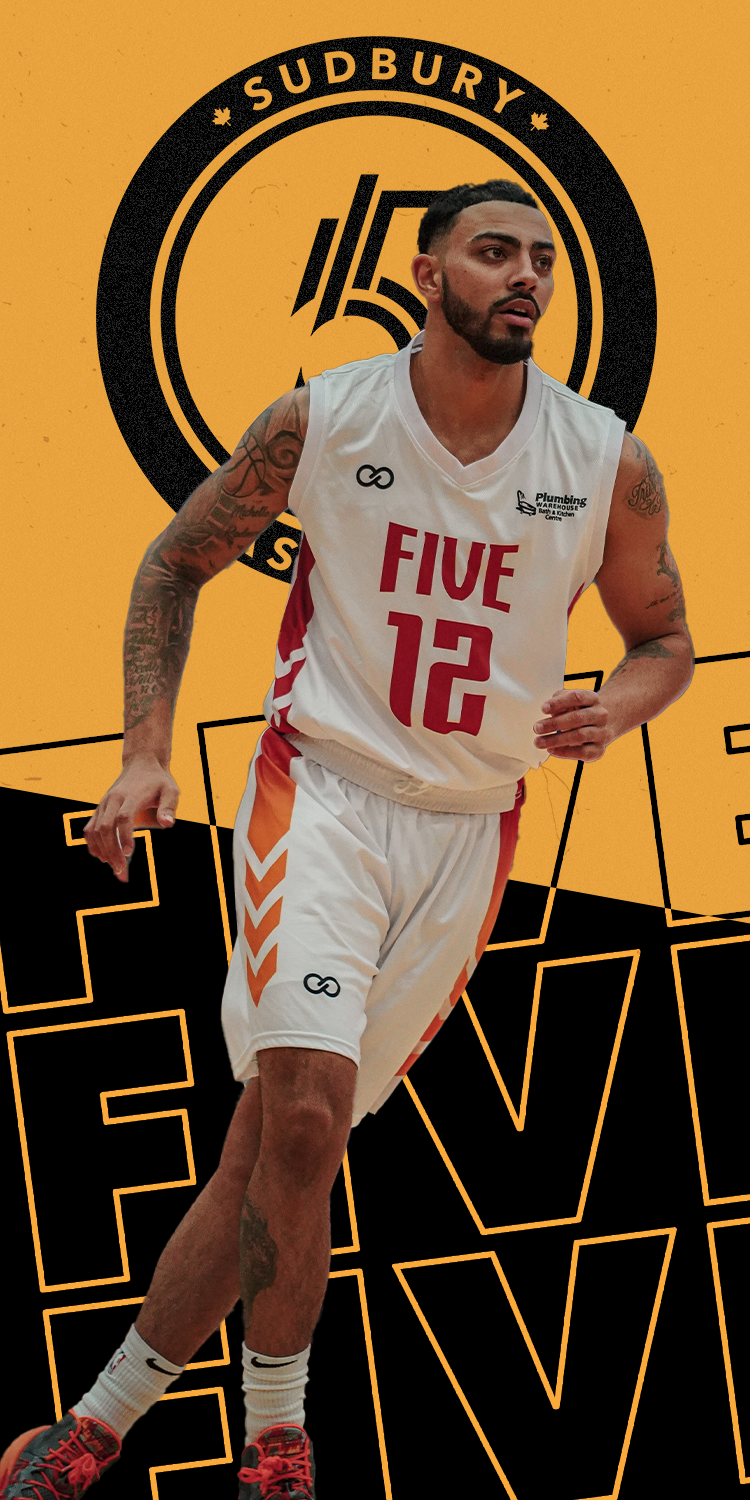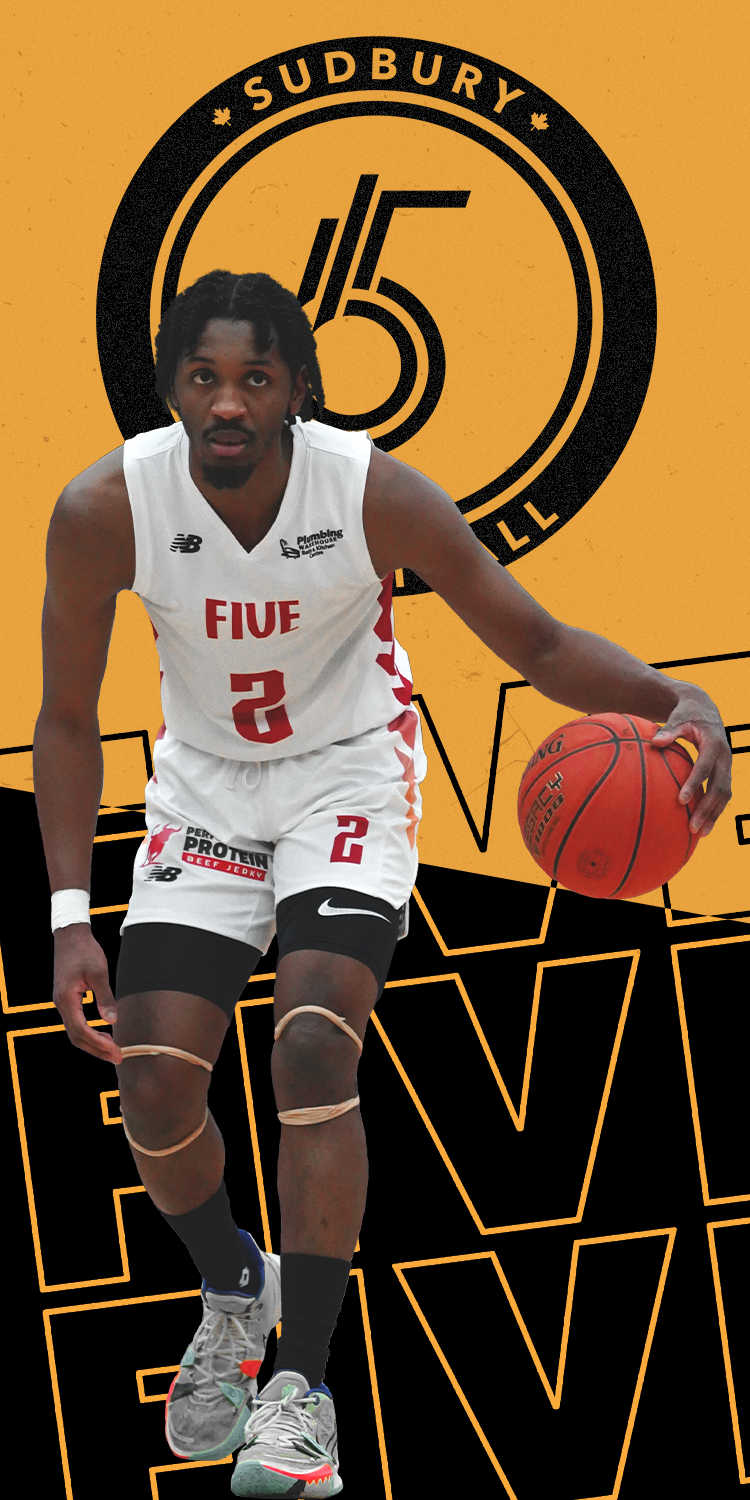Apparently, we really do never stop learning.
Bringing together more than one hundred participants covering a wide spectrum of backgrounds, the “Moving and Learning Together Conference” that was held last weekend at Laurentian University, hosted by Active Sudbury, truly did provide several interesting nuggets of knowledge, even for those of us with several decades of involvement in the world of amateur athletics.
Though the conference, which was offered free of charge courtesy of a grant through the Royal Bank of Canada “Learn to Play” program, featured a list of workshops that was both varied and intriguing, the glue that held it all together was the essential theme of Physical Literacy.
Though several comparable definitions of Physical Literacy can be found on line, the one that prevailed over the course of the two day sessions defined the concept as “the motivation, confidence, physical competence, knowledge and understanding to value and take responsibility for engagement in physical activities for life.”
“I think that we need all of our Canadians to get this message,” noted keynote speaker Sarah Gallsworthy, a master trainer with High Five and Physical Literacy Trainer for Sport for Life. “I think we focus a lot of our attention on our children, because we can create those really healthy habits early, but parents are a big part of this challenge.”
“We recognize that parents have many conflicting priorities on their plates, that to get this message to them is really difficult. But the overall message is that only 9% of our children are receiving the daily recommended allowance of physical activity, which is sixty minutes a day. How do we get Canadians to re-engage in their health?”
Those in my age bracket might suggest this very same question has dogged our society since the push for Participaction two or three decades ago or more. And while the answer is clearly multi-faceted, there were some interesting takeaways for those who come at this debate from the standpoint of organized sports.
There is a tendency to leave organized sport out of this discussion altogether, at times, suggesting that the families and children who are already heavily involved in sports are not the ones that we should be most concerned with. Yet this ignores completely the incredible leveraging of opportunities within the youth sector whereby those who live sport and physical activity on a daily basis can easily comprise the strongest single asset in introducing their passion to those who remain devoid of athletic involvement, for a whole slew of reasons.
Moreso, I must admit to have been struck, in a fairly dramatic fashion, by the new definition of Physical Literacy, one which begins with the notion of people needing the “motivation” and “confidence” as starting points to the end goal.
For as much as the organized sports environment can allow for the benefits of physical activity, it can provide as much detrimental damage in destroying all mental enjoyment of sports. An overly exaggerated emphasis on winning and excellence can easily extinguish the zest for sport of even the most interested young child.
“The numbers speak to it,” said Gallsworthy. “It kind of is a shock to me, coming from a sports system as well, that more of our PSO (provincial sports organizations) and NSO (national sports organizations) are not doing more to address the fact that 70% of our children are quitting sport by the time they are 13 years old, largely because they are not having a positive experience.”
Still, these discussions touched only the tip of the iceberg of the spectrum of debates that arose throughout the conference. Some in attendance suggested that in some cases, topics were working their way back towards concepts and priorities that were in vogue some years ago. This is hardly a surprise for anyone who has previously seen or heard the quote of Greek philosopher Heraclitus, who stated that “change is the only constant in life”.
Where the Sport for Life conceptual model initially involved a pyramid formation, based loosely on the standard comparable graphs for sporting excellence, where a solid grassroots foundation eventually feeds an elite but narrow top-end, the latest graph is rectangular in form, allowing for entry at any stage in a person’s life.
It would be only fair to take the learnings of the weekend within the framework that the ideas may be altered, re-arranged in terms of priority, or evolved in ways that are not even currently imagined - which is not to say that earlier models are wrong.
If the number of planets within our Solar System can be acknowledged to include Pluto in 1930, only to change its classification to a dwarf planet 76 years later, dropping us down to eight planets these days, then surely a topic as new as Physical Literacy can live with some changes from time to time.
The reality of these conversations is that there are enough differing opinions to fill a good-sized public library. Interestingly, while study after study, as well as pretty much every known current version of Long-Term Athlete Development models, suggest that more harm than good is done from sport-specific specialization that occurs far too early, many folks remain unwilling to take their foot off that gas pedal, for fear their star youngster will somehow fall behind.
“That movement is not easy, to ask coaches and parents to back off a little bit and to give kids different experiences,” said Gallsworthy. “With time away from their primary sport, kids come back more passionate, more excited, more able to learn. And because they have a greater diversity of movement, you are going to see better movers and fitter kids.”
That will be but one of the goals of a new Ontario Trillium Foundation funded three year grant of $450,000 that has been provided to “Active Sudbury”, beginning later this summer. In a very general sense, the project is aiming to facilitate the enhancement of multi-sector alliance through networking and collaboration (called PLAY Groups), with sectors represented to include Education, Sport & Recreation, Health and Early Child Education.
Anyone interested in learning more about the “Sport & Recreation” Play Group should email Randy Pascal (Executive Director – SportLink) at info@sudburysports.com.








